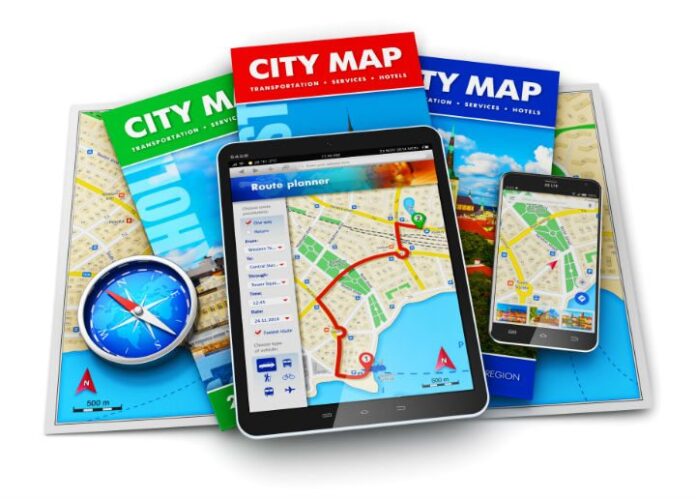Editor’s Note: Welcome to our weekly Reality Check column where C-level executives and advisory firms from across the mobile industry share unique insights and experiences.
The market for mobile navigation and contextual search is switching gears due to new demands stemming from connected cars, wearable devices and the “Internet of Things.” These innovations are forcing app developers to build exciting new features for digital mapping. But, at the same time, this shift also poses new problems for the industry.
Location-based services have become a critical technology for apps that run on a new generation of smartphones, tablets, cars and wearables with 4G connection speeds and voice controls. In turn, the global market for location-based services is expected to more than triple over the next five years to $43.3 billion in 2019, up from $12.2 billion in 2014, according to a recent forecast by Juniper Research.
Simplifying the development process
Developers have long been challenged to build location-based applications, due to their inherent complexity and specialized content for geocoding, routing algorithms, search and cartography. But in recent years, the leading mapping and geospatial technology vendors have simplified this development process.
Google Maps made a major breakthrough by abstracting away the complexity of location-based apps and substituting a simple API that links applications to map and navigation data. As a result, app developers can now integrate maps on the front-end of their development process in order to access driving directions, retrieve map images, or perform other location-based search services.
However, the back-end LBS platform needed to run such location-based services remains exceedingly complex. In fact, it’s so hard to build that Google relied on DeCarta for its original LBS platform a decade ago before Google was able to ramp up its own mapping platform. After Google Maps opened up its mapping API in recent years, developers no longer had to negotiate terms with large map vendors for map content and technology. They could simply adhere to the terms dictated by Google. But this advance brought a new set of problems – a growing lack of control for developers.
Google Maps simplified app development and drastically reduced costs, but in return, developers had to give up control over branding the look and feel of their maps and the map data. Google still does not provide an ability for developers to customize their maps with unique brand identities, colors and fonts, or to add new features for their map branding. Google also has been adamant about not allowing Google’s local search results to be displayed on non-Google Maps.
Google’s inflexible licensing terms are driving demand for more adaptable LBS platforms. Yet in recent years, Google has imposed higher licensing fees and more restrictions for its mapping APIs. These growing costs, new limits on content and competitive market conflicts are forcing many developers to seek out alternatives. Nokia Here offers a rival LBS platform, but much like Google, Nokia places similar strict controls on the use of its map content and geographic coverage.
For example, a travel comparison site may want to show logos for hotels or rental car agencies instead of pinpoints on its maps, indicating the nearest locations to an airport. However, such logos and branding are not allowed under Google’s current content restrictions. In another case, mobile and website developers might possess location data or mapping content that could become a competitive differentiator if properly leveraged. For example, Yelp and Groupon both now use Google Maps for their Web services, yet they also compete directly with other services such as Google Offers and Google Places. As a result, such sites are trapped in a competitive conundrum.
The mobile revolution
To fully participate in the mobile revolution, developers will have to take control of the mapping experience within their applications and promote their own brands. Differentiating the look and feel of a local search experience can drive the success of mapping applications and supporting businesses. Context will be another important differentiating factor, because companies that understand a user’s current and future location can create a superior user experience.
The market for location-based applications is experiencing a major realignment. A more flexible LBS platform will allow developers to differentiate their navigation experience for users, rather than being shackled by the industry status quo now controlled by Google Maps.
Kim Fennell joined DeCarta as president and CEO in 2004, bringing more than 20 years of global experience in the high-tech industry. Prior to DeCarta, he was CEO of Pinnacle Systems where he led the public company through record revenue growth to $330 million and expanded its market reach through several strategic acquisitions. Fennell is a graduate of Queen’s University at Kingston, Ontario, Canada, and the Stanford Executive Program. He is also director on the board of the Silicon Valley Leadership Group Foundation and a charter member of C100.
Photo copyright: / 123RF Stock Photo

